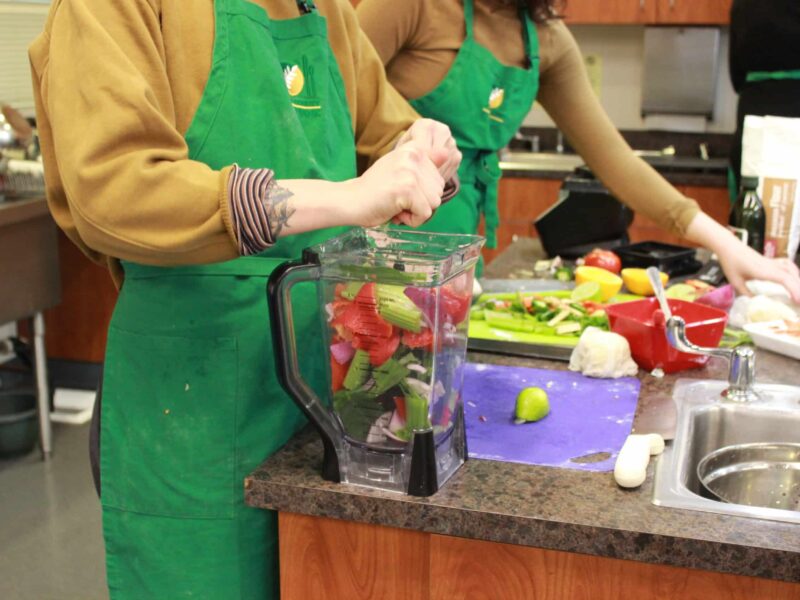
Baby Clare: A Hot Car Story (Nightmare)
Let me tell you the story of what happened to 7-month-old baby, Clare.
June 2001. Tuesday. Perry, Iowa.
Dennis Engholm, 38, and Kari Engholm, 34, prepare to leave their upper-class home for work. Dennis works for Iowa State University. His wife Kari is CEO of Dallas County Hospital. Dennis leaves first. Today he has to be to work early. He has important responsibilities.
Normally, Dennis would take baby Clare to the baby-sitter before work. Today, he leaves Clare with Kari. She normally takes only her son, 3-year-old Eric, to a day care center near the hospital. Today, Kari will take both kids.
Kari has a busy day too. A 7 a.m. board meeting to discuss selling a medical practice to a doctor. Kari also has other meetings throughout the day. Big plans for a retirement center. Important meetings. Busy schedule. Hectic day.
Sometime before 7 a.m., Kari arrives at the day care center. She takes Eric out of the car and notices the lilac aroma in the air. Baby Clare is sleeping. Kari doesn’t notice her. Kari closes the car door. She walks Eric to day care. She drives to the hospital and prepares for her first meeting.
10 a.m. The baby-sitter calls the Engolm’s residence to see why baby Clare was not dropped off. There is no answer. No one is home. Dennis and Kari are both at work. She leaves a message.
Lunch time. The summer sun beats down outside the air conditioned hospital.
Kari’s afternoon is as busy as was her morning. Finally, she attends her last meeting. She answers her last phone message.
5:40 p.m. Temperatures still hover around 90 degrees. Kari leaves her office. Walks to her car. The steering wheel is hot—too hot. Carefully, Kari drives the short distance to the day care center. She picks up Eric. She smiles at him when he shows the artwork he completed. His face beaming.
Kari walks Eric to the car. She opens the car door. Baby Clare is sleeping. Only she isn’t. Kari notices her.
She screams. Unnerving screams. Horrified screams. She unbuckles Clare from her child seat. Clare’s body is so limp. It’s so hot. Kari runs back to the day care center. Still screaming. Tears pouring down her cheeks. Employees call 911. They call Dennis. Paramedics arrive. They can do nothing for Clare. It’s too late. Clare is gone. She has been for hours.
The story of Kari Engholm was one of the first of many highly-publicized, highly controversial, stories about the nightmares experienced when young infants and children are unknowingly forgotten by their parents inside a car. Following her baby’s death, Kari Engholm was criminally charged with neglect of a dependent person and involuntary manslaughter. Kari faced up to 12 years in prison.
Though she was ultimately found innocent on all accounts, it is hard to imagine a consequence imposed by the criminal justice system being greater than the loss of her child under such circumstances.
Today, people are more aware than ever of the dangers posed to children by too-hot cars. For the past 20 years, non-profit child safety organization, Kids and Cars, has dedicated itself to preventing injuries and death to children in or around motor vehicles. They track child fatalities from all classes of nontraffic injuries, including the types that killed baby Clare. Last year alone, at least 44 infants and children died inside their car as a result of heat stroke. Kids and Cars calculate that each year 38 deaths—one every 9 days, occur under such circumstances. Although the summer heat has only just begun, there have already been 11 such deaths in the United States alone.
This is way too many.
One is too many.
Even here in the Northwest, temperatures outside can create unsurvivable temperatures inside a car. When outside temperatures reach 90-degrees, the temperature inside a parked car can soar in just a few short minutes. The following chart from Weather.com shows the temperature inside a car on a 90-degree sunny day:
|
Time |
Outside the Car Temperature (F) |
Inside the Car Temperature (F) |
|
0 |
90 |
90 |
|
10 |
90 |
109 |
|
20 |
90 |
119 |
|
30 |
90 |
124 |
|
60 |
90 |
133 |
|
90 |
90 |
138 |
Even outside temperatures in the 60s can cause a car temperature to rise higher than 110 degrees F.
 Kids and Cars has published a checklist that every parent can follow to plan to keep our children protected from these types of fatalities:
Kids and Cars has published a checklist that every parent can follow to plan to keep our children protected from these types of fatalities:
- Back Seat: Put something in the back seat of your vehicle that requires you to open the back door every time you park—cell phone, employee badge, handbag, etc.
- Every Child: Every child should be correctly restrained in the back seat.
- Stuffed Animal: Keep a stuffed animal in your child’s car seat. Place it on the front seat as a reminder when your baby is in the back seat.
- Ask Your Babysitter: Ask your babysitter or child care provider to call you if your child hasn’t arrived on time.
- Focus on Driving: Avoid cell phone calls and texting while driving.
- Every Time You Park: Make it a routine to open the back door of your car every time you park to check that no one has been left behind.
Like everything that threatens the health and safety of our children, we parents have to plan to keep our children safe. Janice Summerson, a close friend of Kari Engholm and witness to the aftermath of Clare’s unfortunate death, noted that she had “never seen the depth of sadness [Kari] showed. It was truly a mistake.” Though I’m sure Ms. Summerson was correct, this was a mistake of unparalleled magnitude, we cannot afford to make the same mistake again. The consequences are too high.
Please plan to keep your children safe this summer.





